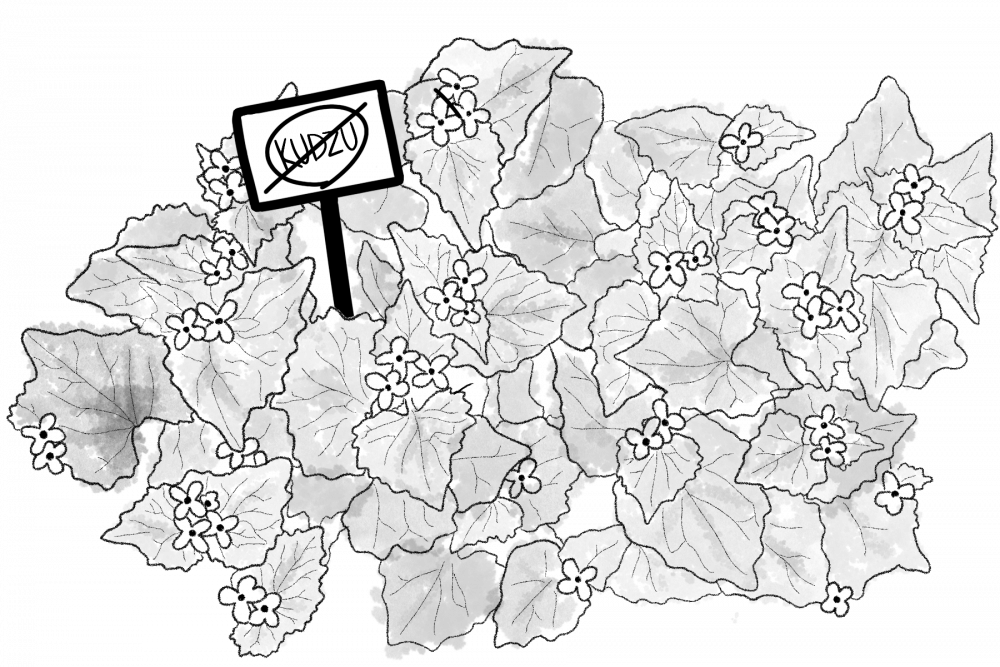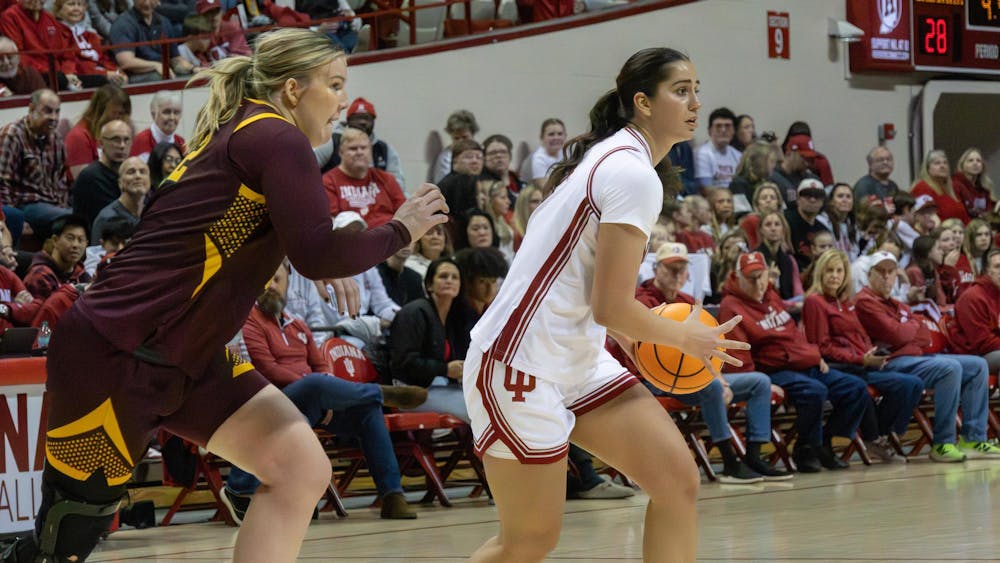Marijuana isn’t the only plant causing trouble in Indiana.
Invasive plant species are destroying the state’s natural diversity, and a new rule hopes to curb their spread.
The new measure would ban the sale of 44 different plants in nurseries and landscaping businesses. While the rule is still awaiting Gov. Holcomb’s approval, if it is passed, commercial sellers would have one year to sell existing stock.
Invasive species outcompete native ones because of the lack of predators to control them. These invasive plants can destroy the natural biodiversity of an area by taking it over and removing many native species.
For example, IU conservation biology professor Vicky Meretsky said, the invasive species garlic mustard is interfering with the reproduction of certain butterfly species. Butterflies lay their eggs on mustard species for larval growth. However, garlic mustard has such a high concentration of mustard oils that it kills the larvae.
There are some species not on the list of 44, such as kudzu, that are likely to spread further into Indiana because of climate change, Meretsky said. Kudzu, known as "the vine that ate the South," strangles trees and prevents them from getting sunlight.
“It’s a vine-y species that will crawl over the tops of trees, over the tops of abandoned cars, over the tops of barns and houses if it’s not stopped,” she said.
Meretsky said many gardeners accidentally introduce invasive species because of their beauty without knowing of the native substitutes, which look very similar.
IU law professor Robert Fischman said prohibiting the sale of invasive plants at the state level would allow federal law to help prohibit interstate and international trade.
“Each state has to decide for itself what species should be prohibited from commercial sales within the state,” Fischman said.
The problem isn’t the species itself, Fischman said. The problem comes from the competition invasive species pose to native ones.
“It’s not like poison ivy that is itself a harm-creating species when you rub up against it,” Fischman said. “It may be a species that’s benign.”
Education and outreach is a key factor in combating invasive species spread, said Ray Chattin, Southern Indiana Cooperative Invasives Management chair.
Chattin said his cooperative provides public work days where volunteers go out and help remove invasive species from the area. The organization also helps gardeners plant native species.
“When you tell a gardener all the bad stuff he has in his garden that needs to be removed because it’s harmful to the ecosystem, it’s nice to have an alternative,” Chattin said.
Chattin said invasive species are a man-made problem because of plant imports and not stopping invasive species sooner.
“It’s a situation that’s not gonna heal itself unless we intervene,” Chattin said. “We’re talking tremendous habitat loss and degradation of our biodiversity, our forestry, our wetlands.”






